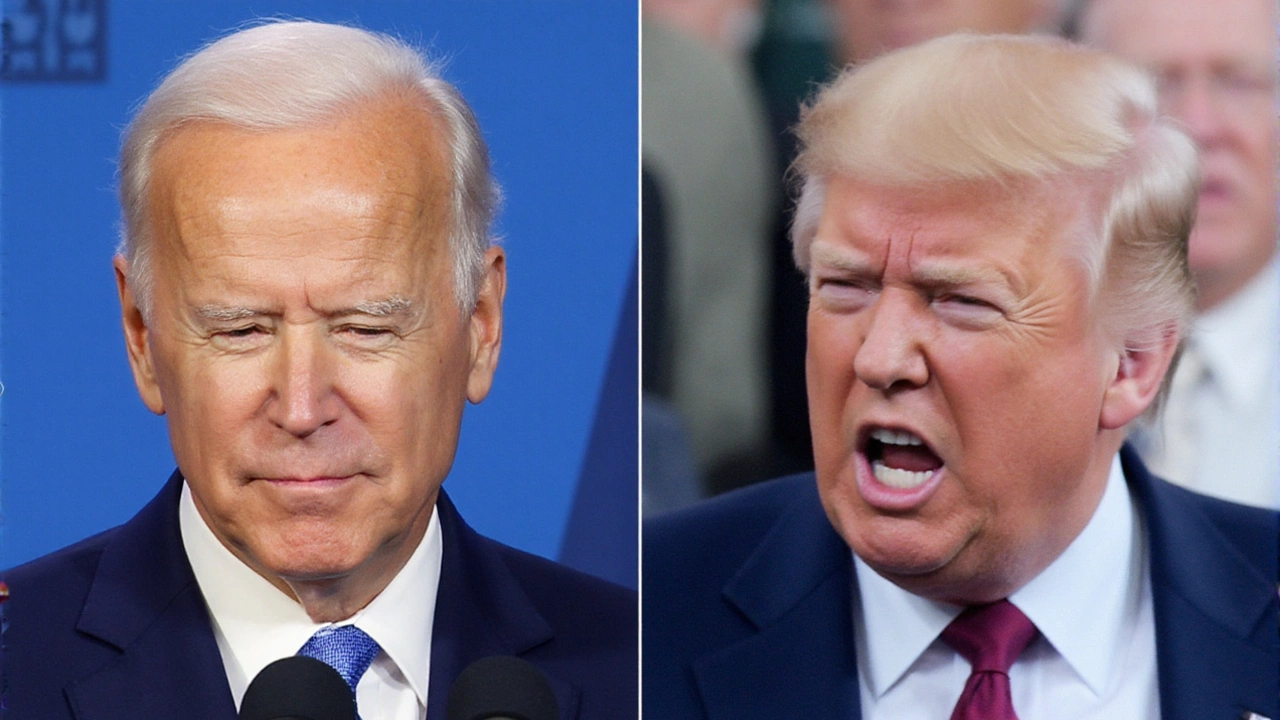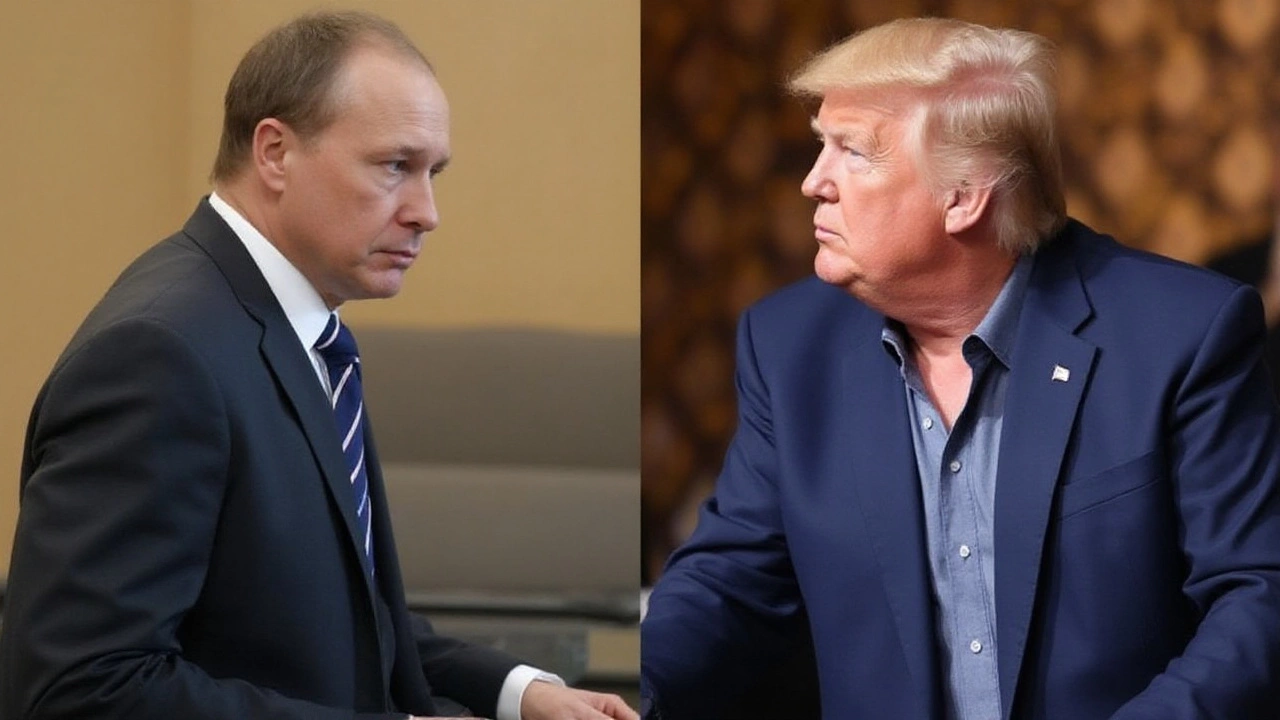Trump Shifts Nuclear Submarines After Medvedev Rattles Cold War Sabers
The global nuclear chessboard just got shakier. On August 1, 2025, Donald Trump confirmed that he’s moving two US nuclear submarines to unnamed 'appropriate regions.' Why now? It’s all about a wave of heated words and strategic threats fired off by Dmitry Medvedev, Russia’s former president and the country’s current deputy Security Council boss.
Medvedev didn't hold back online. He lashed out against Trump’s latest ultimatum—a blunt demand that Russia must reach a ceasefire with Ukraine in just ten days, or be hit with some of the harshest US sanctions yet. Medvedev’s replies went straight for the pressure points, dropping in references to the USSR’s old 'Dead Hand' system. Think of it as a doomsday device—an automated nuclear response plan built for worst-case scenarios. Dropping these kind of hints in public screams Cold War all over again.
Trump called Medvedev’s rhetoric 'highly provocative' and 'foolish.' He didn’t pull any punches, warning that 'words can lead to unintended consequences.' His answer? Redeploy those American submarines—probably the most powerful cards in the US nuclear arsenal—to send Moscow a clear message: don’t test us. The specific whereabouts of these subs? Classified. The Pentagon isn’t talking, leaving the tough words to the White House press crew.

Rising Shadows of Hard Power and Hostile Tweets
This isn’t the same Medvedev who once brought a mild, modern face to Russian politics years ago. Since the Ukraine invasion, he’s become one of Moscow’s loudest hardcore voices, dropping threats and cranking up the tone just as Russia’s battlefield tactics shift. Meanwhile, Russia keeps escalating, sparking more unease. President Putin’s just moved hypersonic missiles—not your everyday rockets—into Belarus, inching closer to NATO’s eastern borders.
Medvedev’s new online persona is no accident. He publicly mocks Western ultimatums and puts nuclear scenarios back in mainstream conversation. For Trump, who’s eager to push fast-track sanctions, that’s a red flag. His administration’s new line is starting to sound a lot tougher, with visible steps like this unexpected submarine move.
Here’s what it means: The US and Russia, already caught in high-stakes brinkmanship, are now nudging into even riskier territory. Redeploying nuclear submarines isn’t just a flex for TV cameras—it’s a signal aimed straight at the Kremlin, meant to warn off any miscalculation. The lack of details from official sources only adds to the tension, feeding into a moment where high-level threats and military posturing are the new normal.
And on the ground? Ukraine’s still absorbing waves of drone attacks from Russia. Meanwhile, Western leaders are gripping their phones, parsing every tweet and press release for hidden threats or coded intentions. There’s a feeling in diplomatic circles that lines in the sand aren’t just political—they’re now military hardware, on the move, underwater, with uncertain destinations. And for the rest of the world, the escalations carry real and immediate risk. With nuclear weapons back at the center of US-Russia rivalry, a single misstep could have far-reaching consequences.
